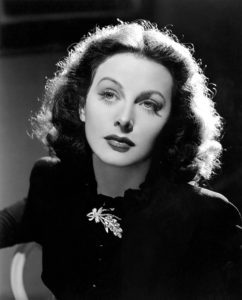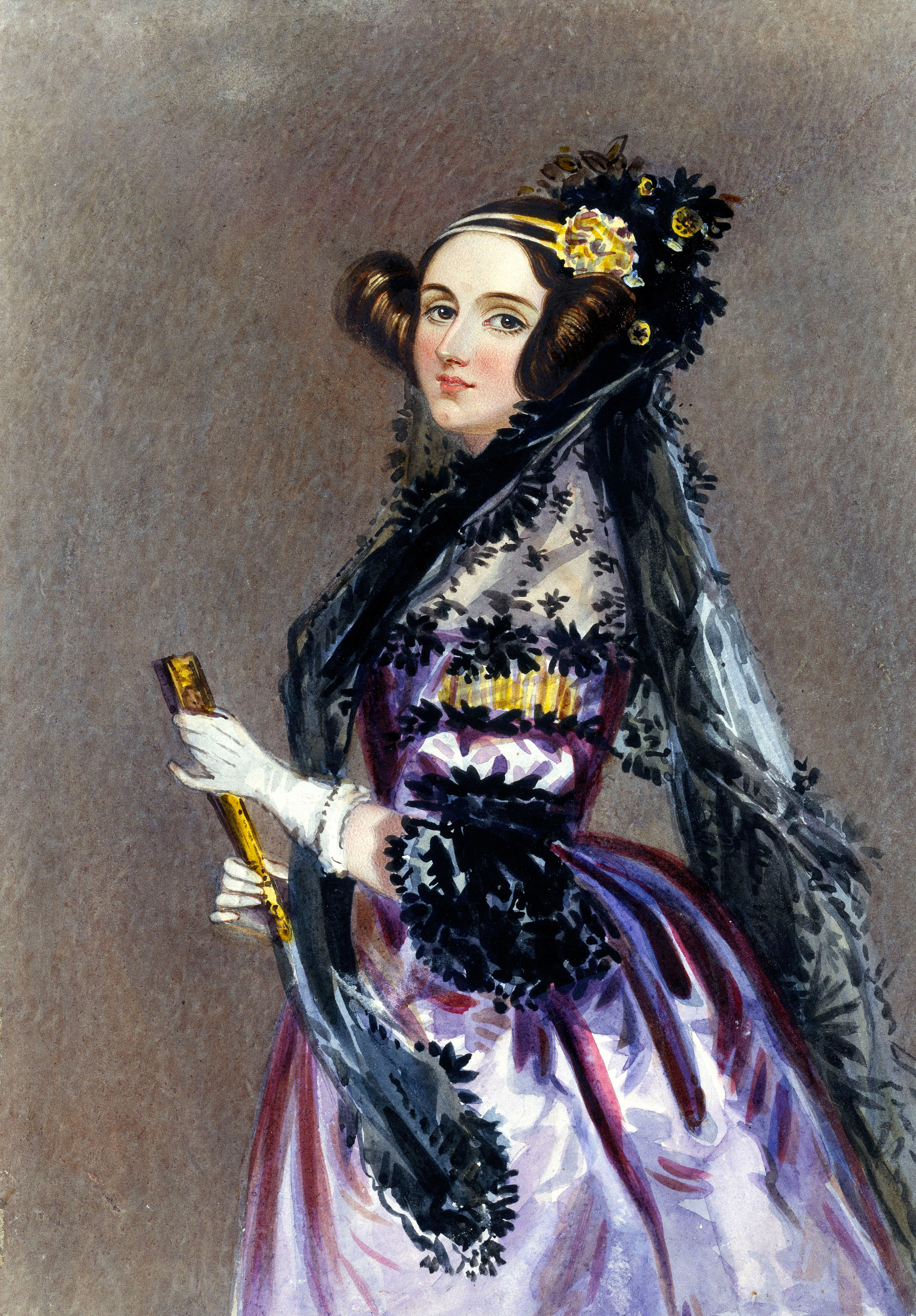Women in computing – Wikipedia :
“Women in computing have shaped the evolution of information technology. They were among the first programmers in the early-20th century, and contributed substantially to the industry. As technology and practices altered, the role of women as programmers has changed, and the recorded history of the field has downplayed their achievements.“




